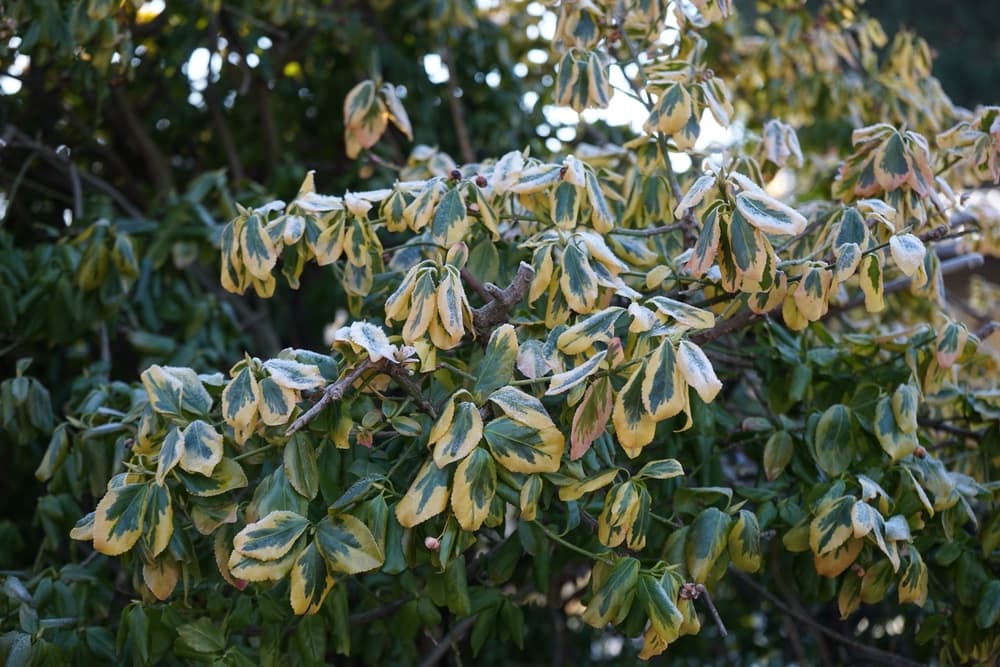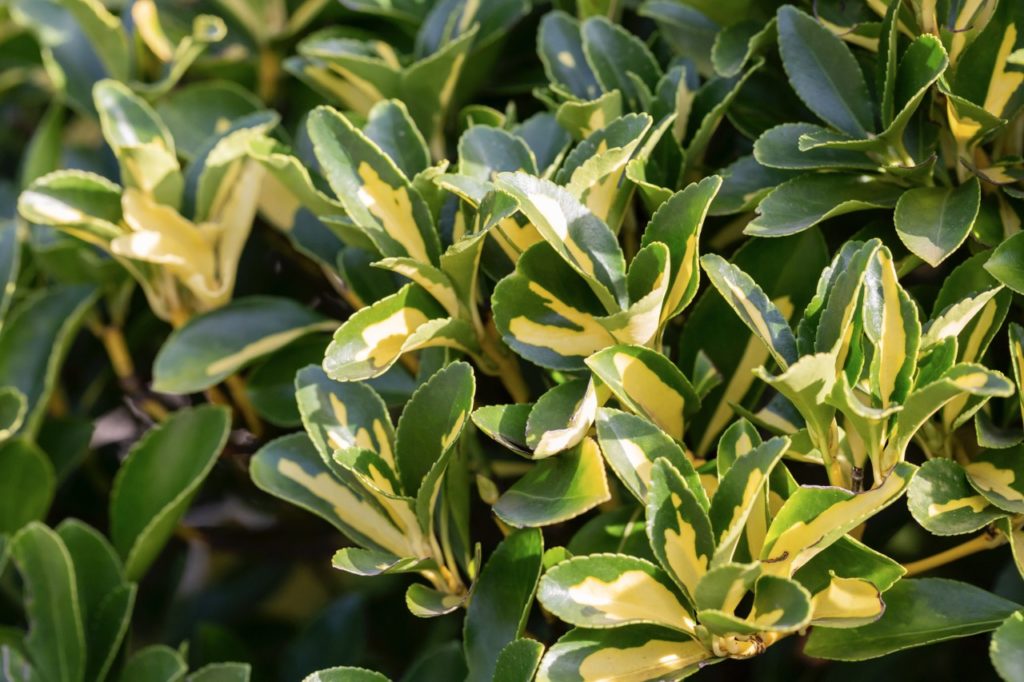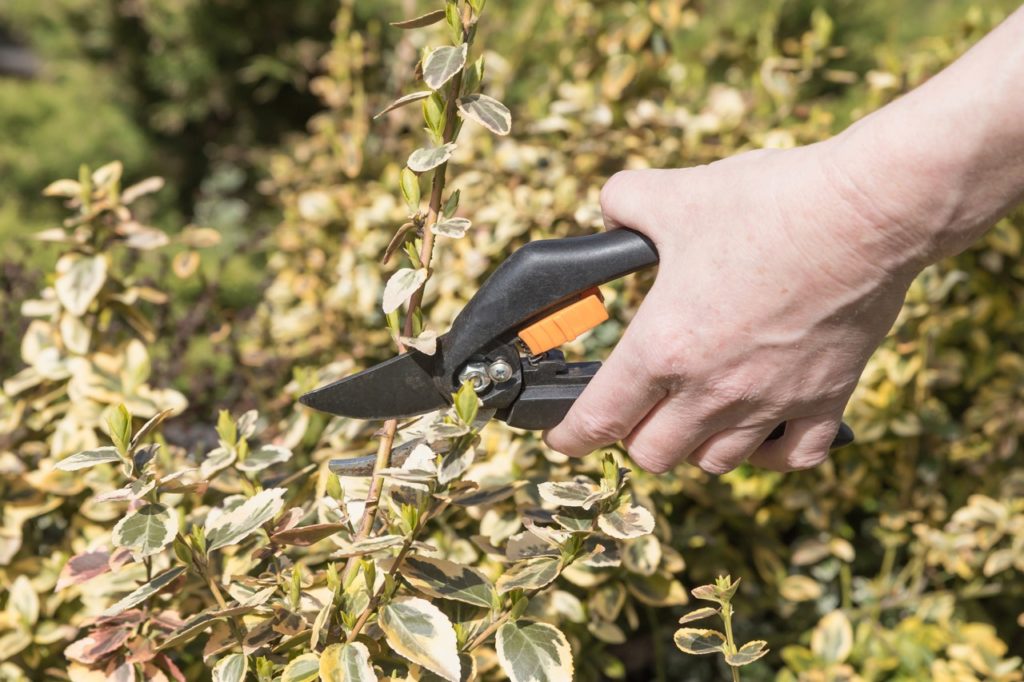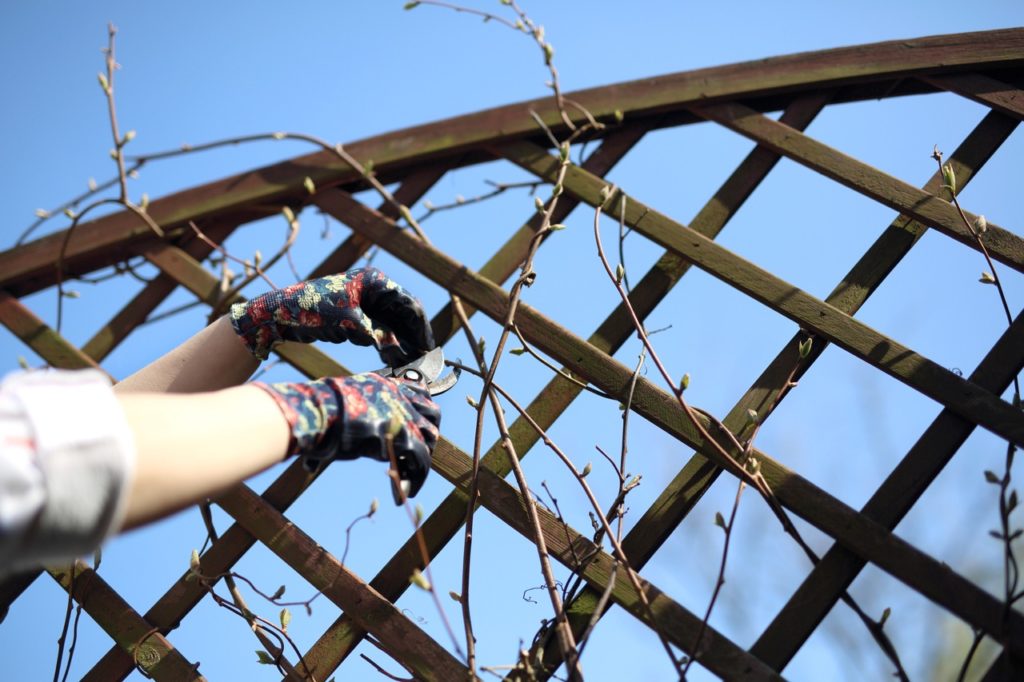Prune Euonymus In Late Winter Or Early Spring, Following These Guidelines From Gardeners


Elizabeth is a Permaculture Garden Designer, Sustainability Consultant and Professional Writer, working as an advocate for positive change. She graduated from the University of St. Andrews with an MA in English and Philosophy and obtained a Diploma in Applied Permaculture Design from the Permaculture Association.
Reviewed By COLIN SKELLY

Colin is a Horticulturist and Horticultural Consultant with experience in a range of practical and managerial roles across heritage, commercial and public horticulture. He holds the Royal Horticultural Society’s Master of Horticulture award and has a particular interest in horticultural ecology and naturalistic planting for habitat and climate resilience.
IN THIS GUIDE
EUONYMUS GUIDES
Euonymus can be deciduous or evergreen shrubs and are extremely useful for bringing year-round interest in the garden, with many varieties suited to different uses in a garden, from hedging to wall or ground cover.
Euonymus can be pretty low-maintenance plants, especially once established.
As long as you choose the right option and grow it in the right location, you should find that it takes little care.
Euonymus (AKA ‘Spindles’) are generally quite slow-growing and well-formed; neither deciduous nor evergreen types necessarily have to be pruned at all.
However, many gardeners will prefer to keep their gardens looking good with a little light pruning, and when evergreen types are grown in hedges or topiary forms, then they will be pruned more frequently to be kept under control.
Evergreen euonymus can also be pruned more severely in order to renovate a shrub that no longer looks its best to spur it into plenty of new growth.
| Difficulty | Easy |
| Equipment Required | Secateurs or gardening knife |
| When To Prune | Late winter to early spring |
When To Prune
If you are pruning a euonymus shrub, then the best time to do so is typically in late winter or early spring.
With flowering types that bloom in spring, pruning is often carried out immediately after flowering.
When deciding when to prune a specific euonymus, it is always best to think about what you wish to achieve.

Maintenance pruning (removing dead or damaged material and giving the plant a general light tidy) is undertaken in late winter or early spring.
A hedge or other more shaped and formal shrub might additionally be pruned in summer.
With most euonymus, however, it is best not to prune too late in the season as this can lead to the damage of new growth by winter frosts.
Pruning Deciduous Types
Deciduous types of euonymus, like European spindle and E. alata, do not usually require much, if any, pruning at all.
These shrubs stand-alone with well-shaped form and are fairly well-behaved amid other shrubs and other plantings in a bed or border.

Though these shrubs can also be used in hedging, like the evergreen types below, they are typically looser and used in more informal hedgerows that are left in a wilder and more naturalistic form.
So, if any pruning is carried out, this is typically restricted to cutting out any dead or damaged material, and perhaps any branches that are growing in the wrong direction here and there.
Pruning Evergreen Types
Evergreen euonymus, like E. fortunei and E. japonicus, are also often best left to grow fairly naturally without too much shaping, as they often retain a pleasing form.

Some, of course, grow much larger and taller than others, so it is important to choose a plant that suits the size of the space available.
However, there are three types of pruning that might be undertaken, depending on your specific wants and needs:
- Maintenance pruning
- Hedge or topiary shaping
- Renovation pruning
1) Maintenance Pruning
Typically, in a more naturalistic scheme, you will simply need to prune out any dead, damaged or unsightly material in late winter or early spring.

This is not always required, but you may also give the plant a light trim all over to encourage bushiness and new growth each year.
You can also trim lightly to restrict the size of the plant or to give it a less lopsided appearance if it has become a little uneven.
2) Pruning For Hedging Or Topiary Forms
If you are pruning euonymus to retain the shape of a hedge or topiary form, then pruning will typically have to be more precise.
With a loose and informal hedgerow, pruning will not really be necessary, other than perhaps a light trim here and there to retain the shape.
However, with a neat, formal hedge or topiary form, more neat and accurate pruning for shaping and restricting growth will typically be required.
In addition to a light prune in late winter or early spring, you might also wish to undertake a further trim in the summer months.
It is best to use a pair of secateurs or loppers rather than hedge trimmers to keep a formal euonymus hedge looking its best.
“With evergreen larger leaved shrubs, cutting with hedge trimmers will cut across leaves leaving unsightly browning or die back,” says Colin Skelly, Professional Horticulturist.
“Instead, cut back to where the leaf joins a stem or a stem joins a branch. This will leave a neater shrub but avoid unsightly leaf cuts.”
3) Renovation Pruning
While hard pruning is not typically required for spindle plants, every now and then it may be beneficial to cut back euonymus shrubs much harder, to improve the appearance and vigour of a mature shrub or ageing hedge.
Evergreen euonymus can be cut right back by 30-50% in order to establish a lush and bushy form without gaps or wood-showing sections.

While it will take a little time for the plant to return to its former glory, it will typically look better once it does.
Just note that this more drastic pruning is not suitable for all euonymus types, so make sure you are aware of the characteristics of the specific euonymus you are growing before you take the decision to dramatically renovate your shrub or hedge.
